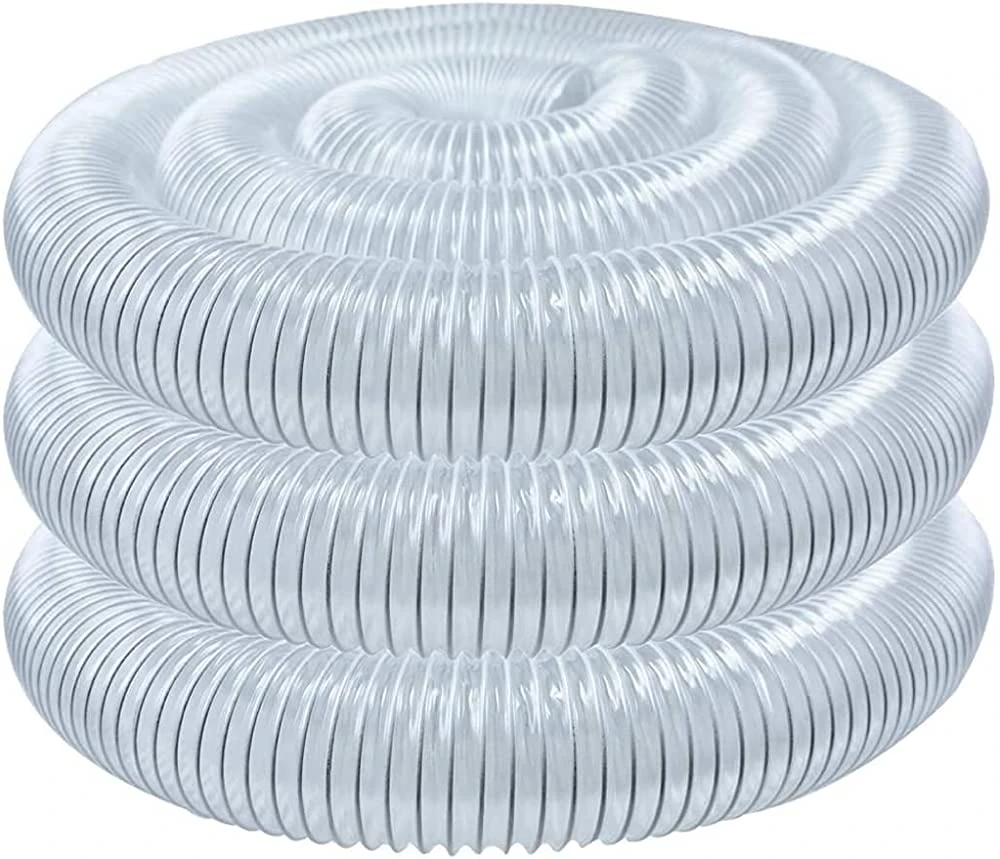air hose rubber vs pvc
Air Hose Rubber vs. PVC
When it comes to choosing the right air hose for your pneumatic applications, two of the most popular materials dominate the market—rubber and PVC (polyvinyl chloride). Each material comes with its own unique properties, advantages, and disadvantages. This article will delve into both rubber and PVC air hoses, examining their characteristics, uses, and factors to consider when making a choice.
Rubber Air Hoses
Rubber air hoses are known for their durability and flexibility. They are commonly used in industrial settings, where hoses are subjected to rigorous use and must withstand various environmental conditions. Here are some key features of rubber air hoses
1. Durability Rubber hoses are typically more robust and can endure harsh environments, including extreme temperatures, oils, and chemicals without degrading. This makes them suitable for heavy-duty applications in factories and workshops.
2. Flexibility One of the standout features of rubber air hoses is their superior flexibility compared to PVC. They can easily bend and twist without breaking, making them ideal for applications with a lot of movement or tight spaces.
3. Thermal Resistance Rubber hoses can withstand high temperatures without losing their operational efficiency. This characteristic is particularly important in environments where heat may be a factor.
4. Pressure Resistance Rubber hoses typically handle higher pressure levels than their PVC counterparts, providing a safety margin in high-demand applications.
However, rubber air hoses can be heavier and more expensive than PVC hoses. They may also require more maintenance due to environmental exposure, which can lead to wear and tear over time.
PVC Air Hoses
PVC air hoses offer a lightweight and cost-effective alternative to rubber. These hoses are often used in residential applications and less demanding environments. Here are some of the benefits and drawbacks of PVC air hoses
air hose rubber vs pvc

2. Lightweight The lightweight nature of PVC hoses makes them easy to handle, transport, and store. This feature is particularly beneficial for home users or for those who need to move the hose frequently.
3. Resistance to Chemicals PVC hoses have good resistance to a wide range of chemicals, making them suitable for certain applications where exposure to harsh substances is a concern.
4. Low Temperature Flexibility PVC hoses can remain flexible and retain their shape in low temperatures. This characteristic makes them useful in cooler environments.
However, PVC air hoses are not without their limitations. They tend to have a lower operating temperature and pressure resistance compared to rubber hoses. This makes them less suitable for rigorous industrial applications.
Factors to Consider
When choosing between rubber and PVC air hoses, several factors should guide your decision
1. Application Consider the environment in which the hose will be used. If you're working in a heavy-duty industrial setting, a rubber hose might be more suitable. Conversely, for lighter residential use, a PVC hose may be adequate.
2. Budget Evaluate your budget. If cost is a primary concern, PVC hoses offer a more economical solution, but it's essential to weigh this against the application requirements.
3. Flexibility vs. Durability Determine whether flexibility or durability is more critical for your needs. Rubber hoses excel in flexibility but may be heavier, while PVC hoses are lighter but less durable.
4. Temperature and Pressure Requirements Assess the temperature and pressure ratings needed for your specific applications. If you anticipate high temperatures and pressure, rubber hoses are the preferred choice.
Conclusion
In summary, both rubber and PVC air hoses offer distinct advantages and disadvantages depending on the application. By carefully considering the specific requirements of your project—such as environmental conditions, budget constraints, and performance needs—you can make an informed decision that best meets your needs. Whether you opt for the durability and flexibility of rubber or the cost-effectiveness and light weight of PVC, understanding these key differences will ensure that you select the right air hose for your tasks.
-
Top Quality Oxy Acetylene Hoses for Sale Fit for Welding DemandsNewsJul.28,2025
-
The Future of Pneumatic Air Tubes in IndustryNewsJul.28,2025
-
Superior and Reliable LPG Hose Pipe Solutions for Every NeedNewsJul.28,2025
-
Exceptionally Durable and Versatile Premium Braided PVC TubingNewsJul.28,2025
-
Best Adapters for Connecting Garden Hose to PVC Pipe ConnectionsNewsJul.28,2025
-
The Essential Role of LPG Hoses in Safe and Efficient Gas DistributionNewsJul.16,2025














